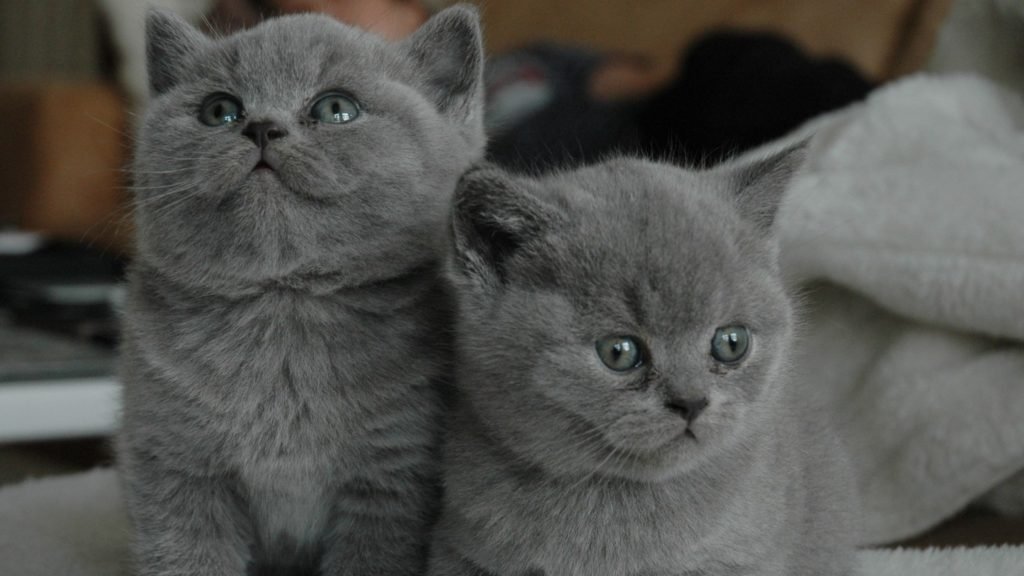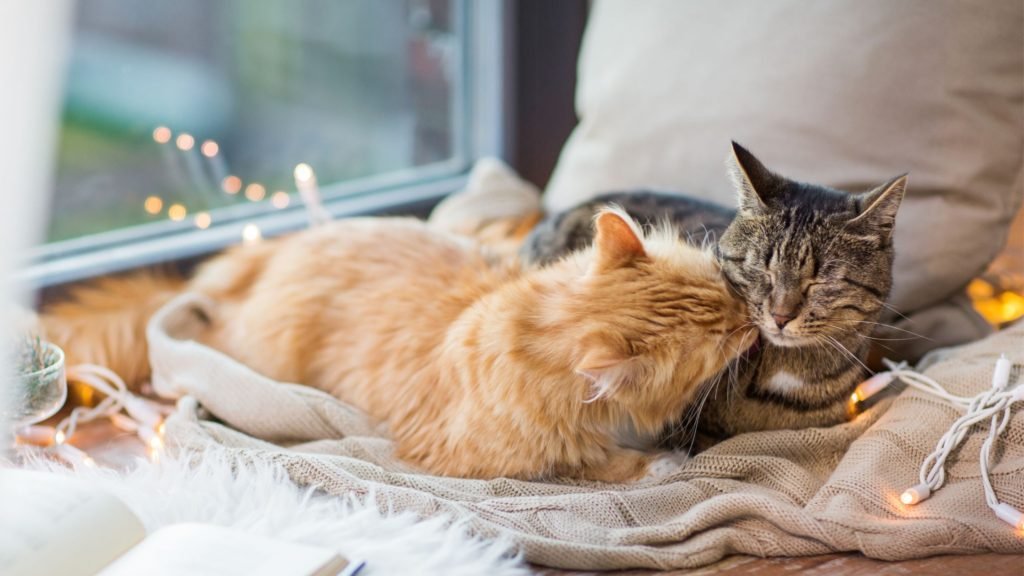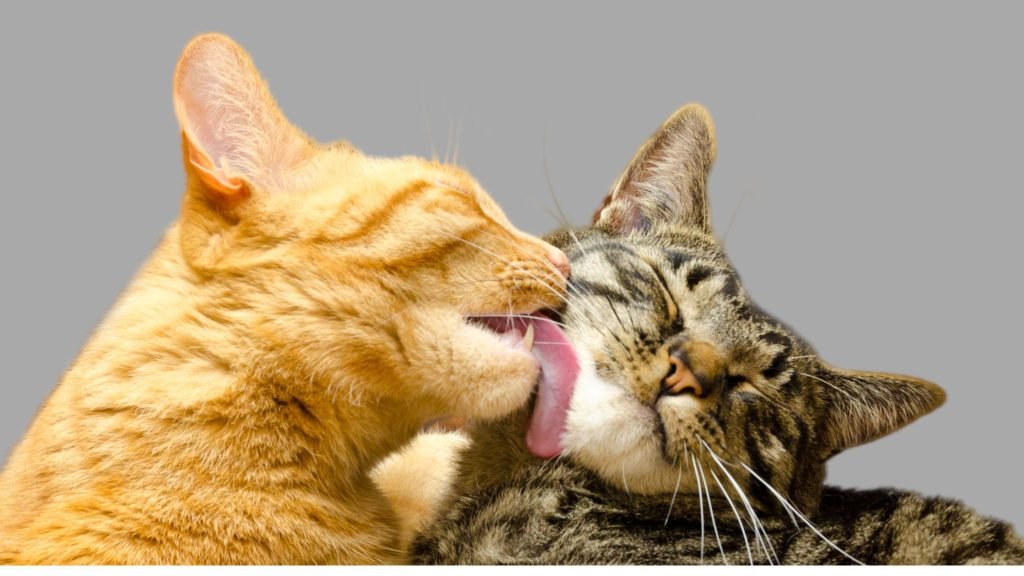Male cats vs female cats pros and cons: Discover the key differences in size, behavior, and health to help you choose the purr-fect feline companion for your home.
Are you considering adding a feline friend to your family but can’t decide whether to choose a male or female cat?
It’s a common question that many prospective cat owners face. Some common distinctions between male and female cats might help you choose. In this article, we’ll compare the two and highlight the importance of knowing the benefits and downsides of both genders before choosing. With some insight, you’ll be well on your way to finding the perfect feline companion for your home and lifestyle.
Physical Differences: More Than Meets the Eye

Size and appearance
Regarding size and appearance, male and female cats exhibit some noticeable differences. The males, also called toms, are usually bigger and have more muscles than the females, called queens. Physical height can influence your cat’s gender, but coat colors and patterns don’t.
Developmental milestones
As kittens, males and females grow similarly. While female cats typically stop growing at one, male cats may keep developing until they are two. On the other hand, females usually get their full size by 18 months. Knowing these developmental milestones can help you anticipate your cat’s growth and plan for its future needs.
Behavioral Differences: A Tale of Two Temperaments
Territorial behavior
Male cats are known to be more territorial than females. They may mark their territory by spraying urine, especially if not neutered. Female cats can also exhibit territorial behavior, but it’s generally less pronounced. If you’re looking for a cat that’s more laid-back about its surroundings, a female cat might be the better option.
Aggression
Aggression levels can vary between male and female cats. Unneutered males may attack other cats, while females may be moody and forceful. Spaying or neutering your cat can help reduce these tendencies, making for a calmer and more peaceful pet.
Affection and sociability
Regarding affection and friendliness, individual personality plays a significant role. Male cats desire human contact and cuddling more than females. Female cats can be loving too, but they might display more independence and be selective about when they want attention.
Playfulness
Both male and female cats can be playful, but males are generally considered more energetic and boisterous. For active families, they’re a good choice because they play rougher. Female cats can also be playful but might prefer more subdued interactions and games.
You May Also Interest: Unveiling the Rainbow: Exploring What Colors do Cats See
Health Considerations: Ensuring a Happy, Healthy Feline Friend

Life expectancy
Selecting a new feline friend goes beyond appearance and temperament; considering their life expectancy is a crucial aspect. Female cats typically outlive their male counterparts. While factors like genetics, environment, and overall health play a role in individual lifespans, understanding these differences helps you make an informed decision and prepare for your future together.
Common health issues in male cats
Male cats are more prone to specific health concerns, such as urinary tract blockages and feline lower urinary tract disease (FLUTD). Proper diet and preventive care can effectively manage these conditions. Additionally, neutering your male cat reduces the risk of health problems like testicular cancer and prostate issues, paving the way for a healthier, happier life.
Common health issues in female cats
Female cats, especially unsprayed ones, may face risks like mammary gland tumors and uterine infections. Spaying your female cat not only helps control the pet population but also significantly reduces these health concerns’ risk. Regular vet checkups and preventive care are vital for maintaining both male and female cats’ overall health and wellbeing.
You May Also Interest: Can Cats Have ADHD? Feline Focus Explored
Reproduction and Spaying/Neutering
Reproductive behavior in males and females
Understanding the reproductive behaviors of male and female cats is essential when choosing a feline companion. While seeking a mate, toms wander and become more territorial, while queens vocalize and grow restless throughout their heat cycles. These behaviors can lead to unwanted litter, so it’s crucial to be aware of these tendencies when deciding.
Benefits of spaying and neutering
Your cats have numerous benefits for your feline friend and the community. These procedures help control pet overpopulation, reduce the risk of specific health issues, and can improve your cat’s behavior. Spayed and neutered cats are less likely to roam, spray, or display aggression, creating a more harmonious household.
Costs and recovery time
The costs of spaying or neutering your cat can vary depending on your location and the type of facility you choose. However, many affordable options, such as low-cost clinics and special programs, are available to help pet owners with these expenses. Most cats recover from spaying or neutering in a week or two. A smooth recovery depends on keeping the incision site clean and preventing your cat from licking or scratching.
You May Also Interest: Do Cats Know When You Are Sad?
Compatibility with Other Pets
Male cats and their interactions with other cats
Regarding compatibility, male cats are pleasant and accepting of other feline companions. Neutered males are generally more laid-back and less territorial, making them more likely to form bonds with other cats. A male cat may be an excellent choice if you want to add a new furball to your existing feline family.
Female cats and their interactions with other cats
Female cats can also coexist harmoniously with other felines, although they might take longer to warm up to new companions. Spayed females are generally more relaxed, reducing potential conflicts or aggressive behaviors. Patience and gradual introductions will be critical when integrating a female cat into a multi-cat household.
Compatibility with dogs and other pets
Depending on their disposition and early socialization, male and female cats can coexist peacefully with dogs and other pets. Male cats are often considered more easygoing and may be quicker to accept canine companions. However, individual temperament will be most significant in determining compatibility with other pets. Proper introductions, patience, and supervision are crucial to establishing a harmonious multi-species household.
Choosing the Right Cat for Your Home
Assessing your lifestyle and preferences
When searching for the ideal feline friend, it’s essential to consider your lifestyle and preferences. Consider factors like activity level, family dynamics, and the time you can devote to your pet. Reflect on your expectations regarding your cat’s behavior, grooming needs, and desired affection. You can find a cat that seamlessly integrates into your life and home by evaluating these aspects.
Considering allergies and sensitivities
If you or someone in your household has allergies or sensitivities, it’s crucial to consider this when choosing a cat. Some breeds, like the Siberian and Balinese, produce fewer allergens than others, making them more suitable for allergy sufferers. Remember, no cat is entirely hypoallergenic, but certain breeds may cause fewer allergic reactions.
Matching your personality to your cat’s
The key to a long-lasting bond with your feline companion is matching your personality with theirs. If you crave an affectionate, cuddly cat, look for breeds known for their loving nature. If you prefer a more independent feline, consider a species that is self-sufficient and content with solitude. You’re more likely to enjoy a mutually fulfilling relationship by aligning your personality with your cat’s.

